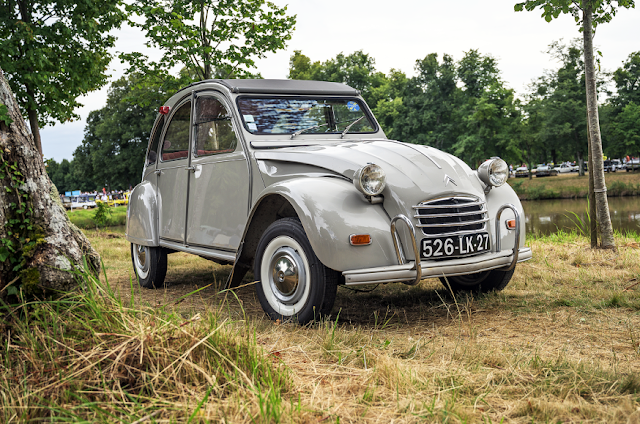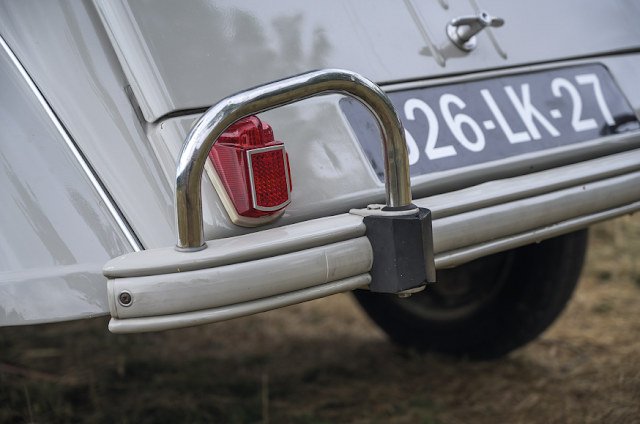dissabte, 3 d’octubre del 2020
Meet the rare luxury Citroën 2CV
We’re not joking!
Farmyard fashion?
Chasing the competition
Affordable luxury
Sparkle and polish
Are you sitting comfortably?
Better to drive, too
More go to match the show
Did it make the difference?
Ready to move on?
Sales success
A new lease of life
Ticking the boxes
A 2020 perspective
Better than the average
You’ve got to roll with it
How often should we shower, according to science?
The internet (like Siri) has become an oracle to which millions of people turn every day hoping to resolve their countless doubts. Google kn...

-
Created around 1300, it is the largest surviving map from the Middle Ages and offers a glimpse into the mindset of the ancient Christian wo...
-
Self portrait of Leonardo do Vinci. Although Leonardo da Vinci (1452-1519) is known to have studied bird flight, few people realise that...
-
Leopold II ruled Congo Free State as a personal fiefdom. In the last years of the 19th century and beginning of the 20th, King Leopold...


















